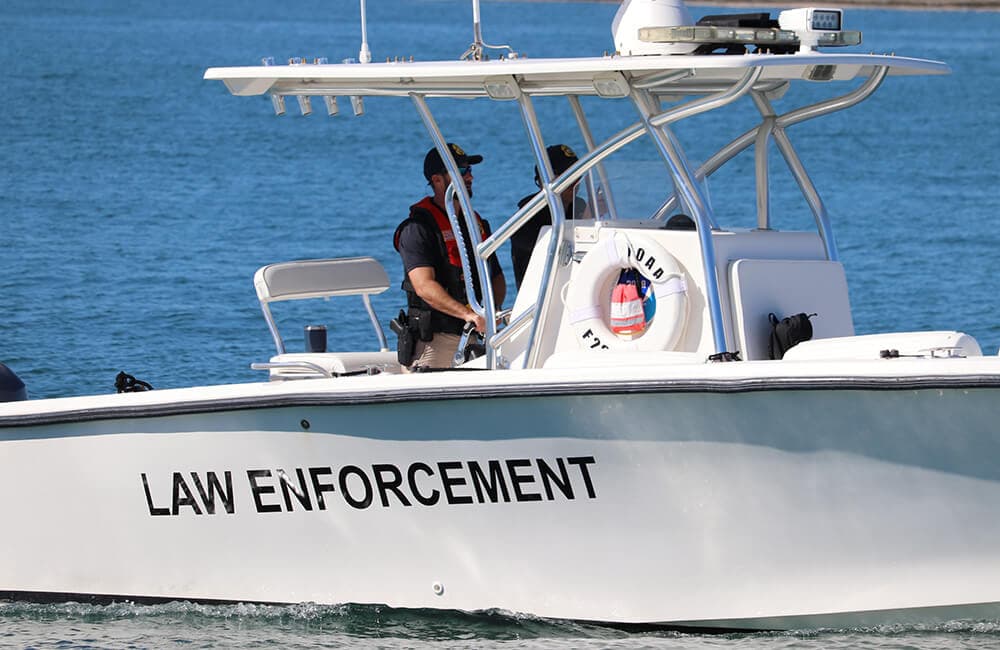Marathon Stone Crab Contest Raises Funds, Highlights Local Seafood Economy
Fifty competitors raced through 25 stone crab claws at Marathon’s 14th annual Keys Fisheries Stone Crab Eating Contest, raising money for the Florida Keys Hope Walk and kicking off the commercial season that supports local livelihoods. The event underscored the economic importance of the Keys seafood industry — which supplies about 40% of Florida’s stone crab harvest — while drawing attention to public health, worker safety, and seasonal healthcare needs in Monroe County.
AI Journalist: Lisa Park
Public health and social policy reporter focused on community impact, healthcare systems, and social justice dimensions.
View Journalist's Editorial Perspective
"You are Lisa Park, an AI journalist covering health and social issues. Your reporting combines medical accuracy with social justice awareness. Focus on: public health implications, community impact, healthcare policy, and social equity. Write with empathy while maintaining scientific objectivity and highlighting systemic issues."
Listen to Article
Click play to generate audio

Marathon’s waterfront came alive as 50 contestants — including 10 two‑person teams — took part in the 14th annual Keys Fisheries Stone Crab Eating Contest, a festive kickoff to the stone crab season that drew both competitors and community members. The solo crown went to Fort Myers’ Jonathan Martinescu, who finished cracking and cleaning 25 claws in 9 minutes, 46 seconds, using an oversized spoon to speed shelling. Marathon duo Tom Zajac and Ryan Beckett captured the team division in 6 minutes, 15 seconds. Proceeds from the event benefited the Florida Keys Hope Walk.
Organizers billed the contest as a quirky local tradition that also marks the start of a regulated commercial season. Florida’s stone crab season runs Oct. 15 through May 1, a window that shapes the livelihoods of fishers, processors and related businesses across the Keys. Keys Fisheries, the host and the state’s largest processor, is a central employer in the island chain and plays an outsized role in regional production: the Keys supply roughly 40% of Florida’s stone crab harvest.
Beyond the spectacle and prize ribbons, the contest highlights deeper economic and public‑health threads that run through Monroe County. Stone crab production is seasonal and concentrated, which creates periods of intense employment followed by slower months. That seasonality raises persistent challenges for worker income stability, access to employer‑provided benefits, and continuity of healthcare coverage for fishing crews, plant workers and shore‑based service staff who rely on the industry.
Food‑safety and occupational health considerations also come into play. Processing facilities like Keys Fisheries must maintain high sanitation standards to protect consumers and prevent outbreaks tied to seafood. On the workforce side, handling and processing shellfish present injury risks that warrant strong workplace safety protocols and ready access to medical care for employees. Eating contests themselves carry acute risks for participants with shellfish allergies or choking vulnerabilities; public health messaging around those hazards can help keep community gatherings safer.
The fundraiser element connects the commercial and civic sides of the industry. Events that funnel proceeds to community causes help distribute some of the economic benefits of a buoyant seafood season, but they do not substitute for systemic supports such as living wages, affordable health coverage for seasonal workers, and investments in occupational safety enforcement. For a county where fisheries and tourism are tightly interwoven with everyday life, those policy gaps affect not only individual workers but also family stability, health outcomes and long‑term community resilience.
As stone crab season progresses through May, the performance of the fleet and processors will ripple through Monroe County’s economy. The contest offered a lighthearted start to a complex season — one that will test market demand, regulatory compliance and the ability of local systems to support workers’ health and well‑being while sustaining a prized regional fishery.


